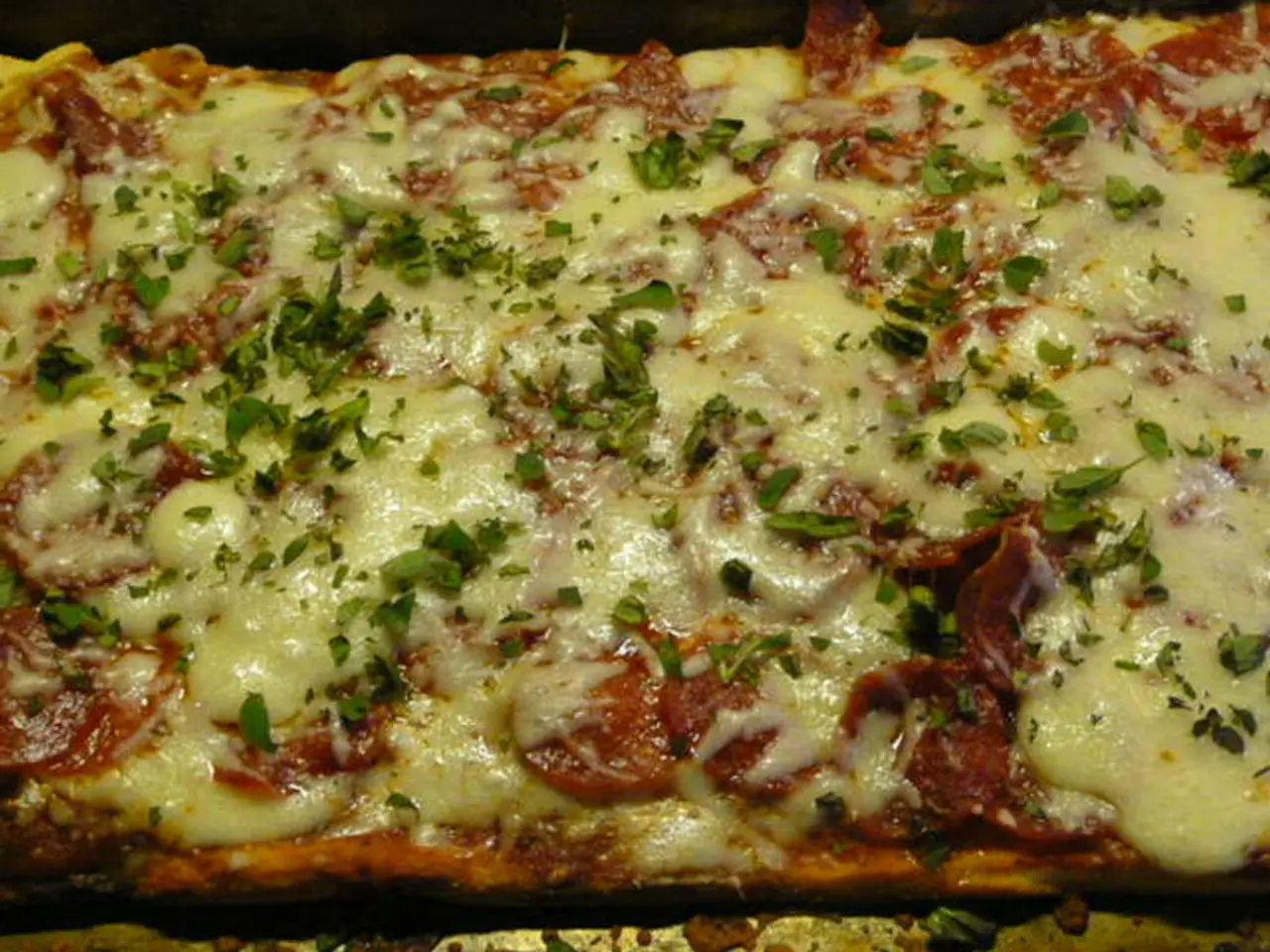Acknowledging the Fortunate Status of Cheese Producers
In the heart of New London, Connecticut, a unique class is being held in an Episcopal church hall. Here, Frida Berrigan, a passionate advocate for food preservation and self-sufficiency, teaches the ancient art of cheesemaking.
Home cheesemaking, a practice deeply rooted in self-sufficiency and cultural tradition, dates back to ancient times, long before recorded history. It emerged as a practical solution for rural families and communities to preserve surplus milk, transforming it into a more shelf-stable, nutritious food that could be stored and consumed over time. This practice was essential in agricultural and pastoral societies across Europe, Central Asia, and the Middle East, where cheesemaking became an established trade by Roman times, reflecting both practicality and cultural identity.
The significance of home cheesemaking lies in its role as a form of food preservation, providing nourishment and independence from seasonal milk supply fluctuations. Through various traditional methods—such as curdling, pressing, and aging—distinct cheeses were developed that reflected local environmental conditions, livestock, and cultural preferences. Cheesemaking traditions also carried social and cultural meanings, often associated with regional identities, celebrations, and communal sharing, as illustrated by dishes like Swiss raclette, which evolved from humble mountain fare into a cherished culinary tradition emphasizing warmth, sharing, and conviviality.
Historically, home cheesemaking and artisan cheese production shaped dietary patterns and culinary heritage. For example, mozzarella, originally from southern Italy, is emblematic of traditional cheesemaking techniques like the pasta filata (stretched-curd) method dating back centuries, reinforcing region-specific food culture and craftsmanship. Meanwhile, innovations such as the development of processed cheeses in the early 20th century, notably by James Lewis Kraft in America, demonstrate how traditional techniques evolved to meet modern demands for shelf stability and convenience, impacting large-scale consumption and cheese's cultural perception.
As Berrigan guides her students through the process of making ricotta, paneer, and mozzarella, one can sense the connection she feels with her ancestors, who relied on similar techniques to sustain their communities. She expresses a sense of understanding the strange relationship with food in the United States, where the average person gets nearly 60% of their daily energy intake and about 90% of their added sugar from "ultra-processed" foods.
In a world where 45 million Americans are currently dieting, spending $33 billion on related products and services, Berrigan's class offers a refreshing alternative. It invites participants to reconnect with their food sources, to understand the process behind their meals, and to appreciate the cultural heritage that cheesemaking represents. As she quotes Monty Python's "Life of Brian," "We're all individuals," she emphasizes the personal journey each student embarks on as they learn this ancient craft.
In an era where the Farm Bill prioritizes corn, grains, soy oil, livestock, and cotton over fruits, vegetables, and dairy, Berrigan's class serves as a reminder of the importance of preserving traditional food practices. If a plate were made from the Farm Bill, it would consist mainly of a corn fritter, a small amount of milk, a tiny hamburger, a few peas, and a large linen napkin. By contrast, the cheeses produced in her class reflect the rich tapestry of local flavours and traditions, a testament to the enduring power of home cheesemaking in shaping our culinary heritage.
As Berrigan continues to teach her classes, she is not just imparting a practical skill but also fostering a sense of connection with our ancestors, our landscapes, and our culinary identities. In the face of modern convenience and industrial food production, the art of home cheesemaking stands as a beacon of tradition, self-sufficiency, and cultural preservation.
- The class in the Episcopal church hall, led by Frida Berrigan, is not only teaching the ancient art of cheesemaking but also fostering connections with our cultural heritage and ancestors.
- Home cheesemaking, a practice deeply rooted in self-sufficiency and cultural tradition, has shaped dietary patterns and culinary heritage, from mozzarella in Italy to the Swiss raclette, reflecting regional identities and communal sharing.
- In a world where the average American's diet is heavily influenced by ultra-processed foods and modern convenience, Berrigan's cheesemaking class offers a refreshing alternative, inviting participants to reconnect with their food sources, understand the process behind their meals, and appreciate the role of traditional food practices in shaping our culinary identity.




